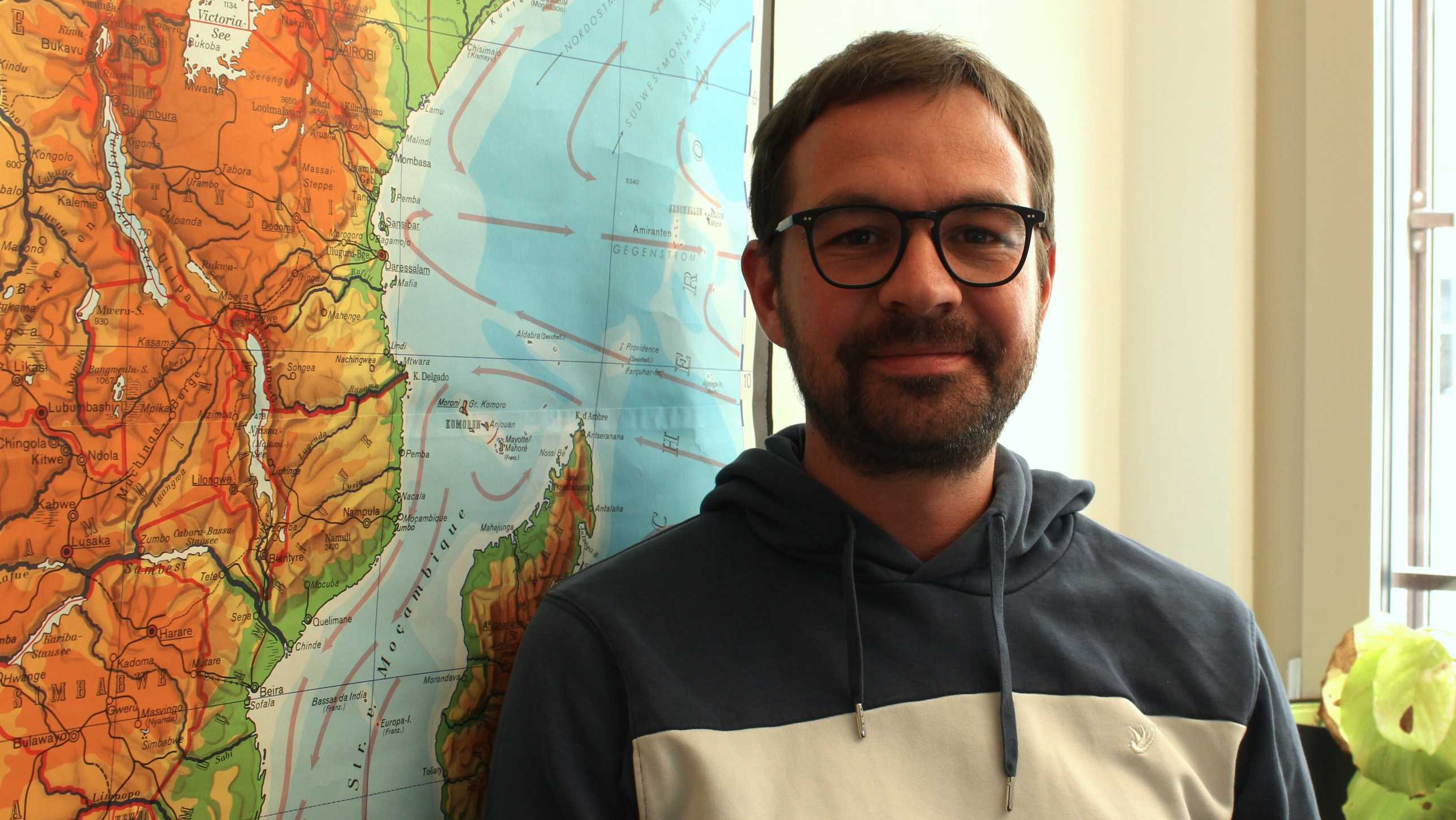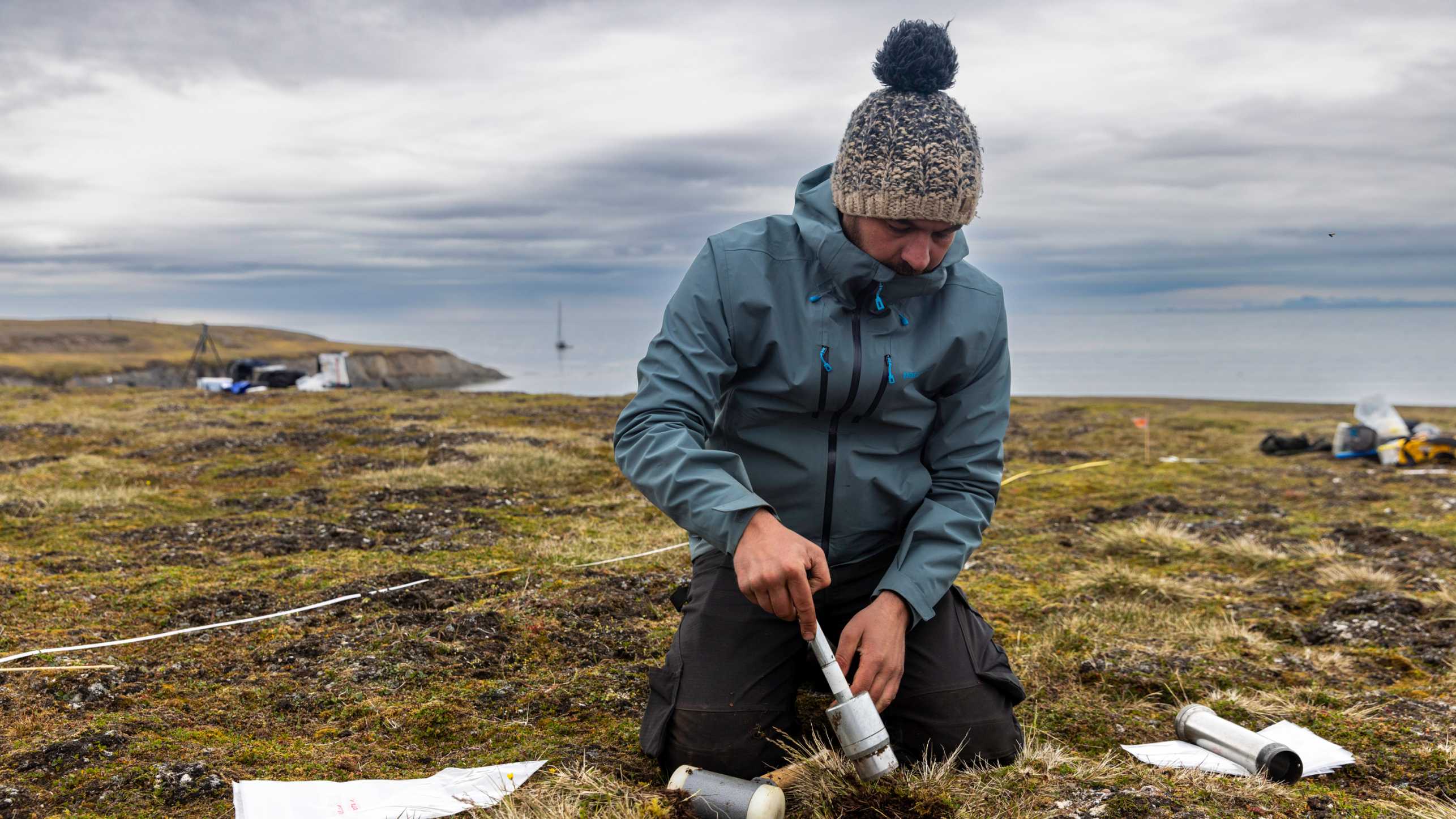Meet Marijn Van de Broek

“I enjoy nature and the work in the field. I value the connections with people, and I am happy I could get to know different countries with my job.”
Let’s meet Marijn Van de Broek, postdoctoral researcher in the SAE group. Marijn comes from Belgium and graduated in Physical Geography at KU Leuven. During his PhD, he worked on soil carbon cycling in tidal marshes. Currently, with his project ‘The Numerical Subsoil’ he aims to understand the human influence on subsoil organic matter and microbes in Switzerland and Kenya.
Having a background in geography, how did you start working on modelling in agroecosystems?
“I have always been interested in soils and I developed an interest in modelling during my first job as a soil erosion modeller. I then applied this expertise during my PhD to understand how to simulate soil carbon cycling and I continued working on soil organic matter modelling in the SAE group for the last six years. I enjoyed the idea of combining two aspects I like, soils and modelling, applied to natural and agricultural ecosystems.”
What are the aspects you like the most about your job?
“I have always liked research because it allows me to keep learning. I am also fascinated by nature; I like to explore it and understand how it works. At the same time, I enjoy teaching and supervising students, and having the opportunity to travel internationally for different projects is a great added value to the job.”
Where did you travel recently for your projects?
“I travelled twice to Kenya for my own project. It is nice to be able to visit remote areas and to interact with the locals. I have always met very nice and helpful people and I was surrounded by beautiful nature. I could also visit Svalbard thanks to a collaboration with the ‘Arctic Greening’ project from the Soil Resources Group at ETH. I helped to collect soil and plant samples from Arctic landscapes which are increasingly threatened by climate change. We lived for two weeks on a boat, and saw a lot of wildlife, such as walruses, whales, polar foxes, and reindeers.”
What did you like the most about being in the field and working in these places?
“It was beautiful to see such different and breathtaking landscapes. But, most of all, I was happy to share the work and these experiences with many motivated researchers and nice people, like Claude, the PhD researcher who works on my project. Collaboration and people are important, I value them a lot in my job.”
If you are curious to know more about Marijn’s research, visit the project website.
You can contact him via e-mail for more questions:
